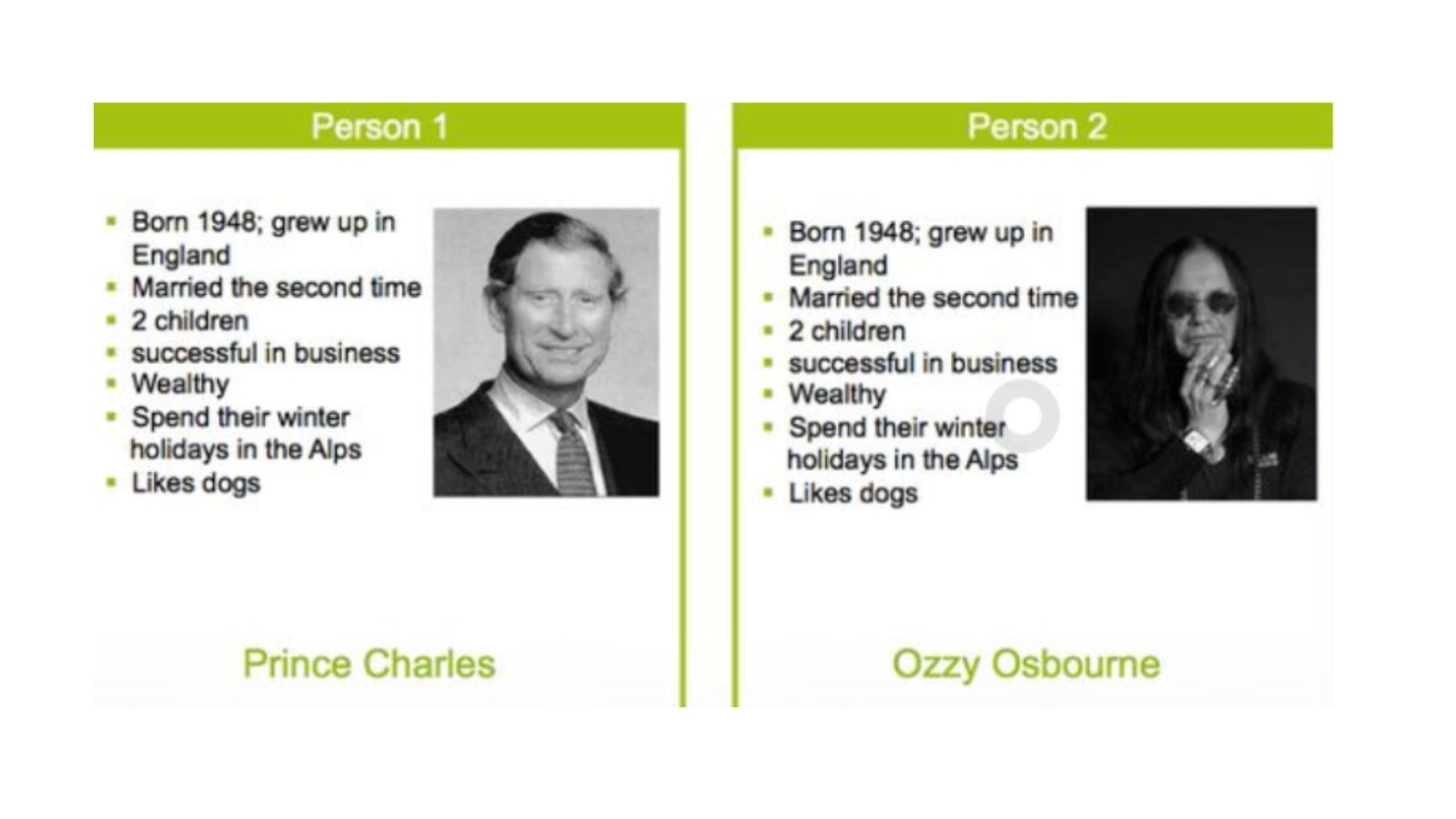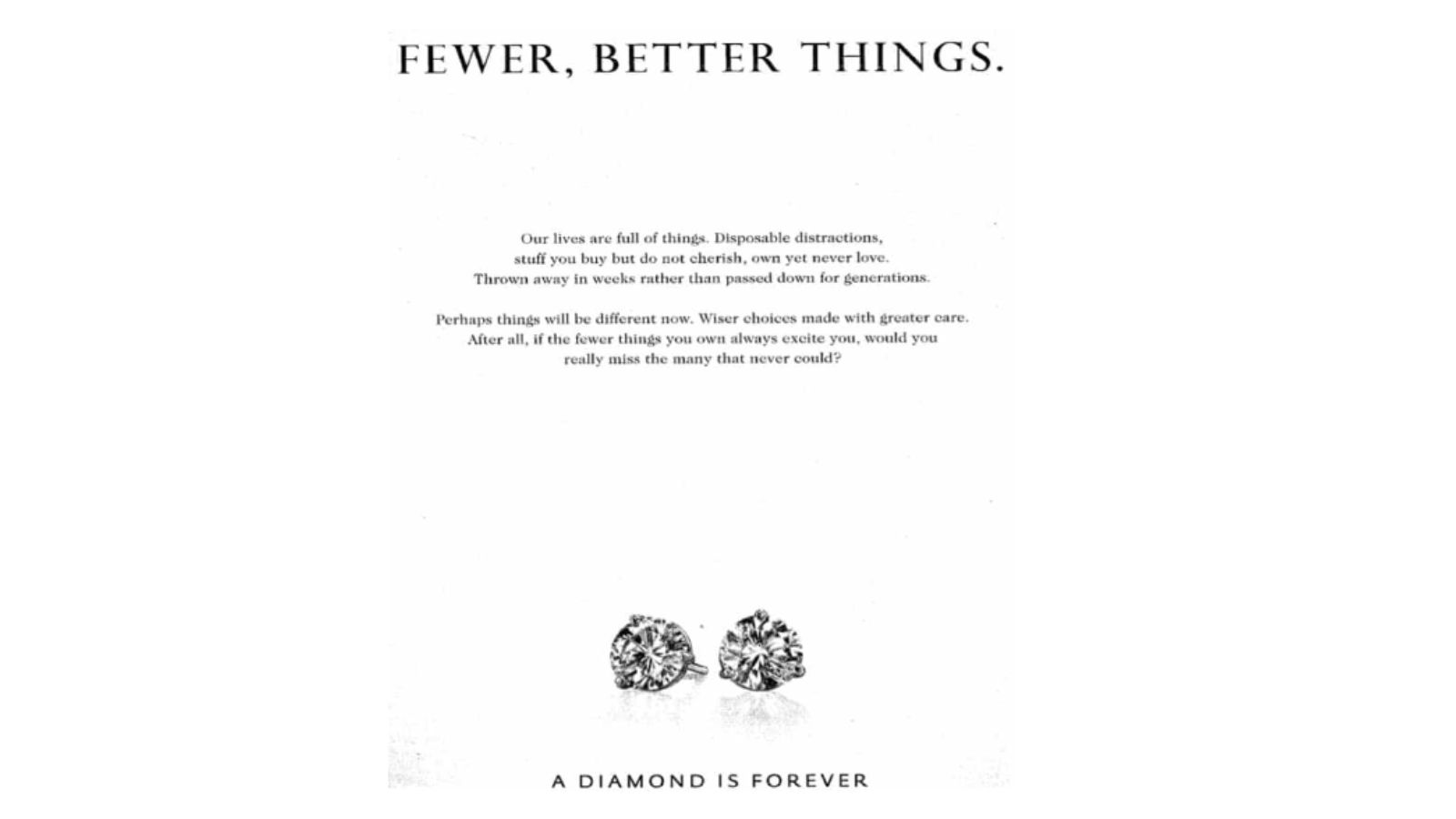Surviving in a recession or political / economic upheaval is hard. Winning is even harder, writes Victoria Aspinall, Strategy Director at CreativeRace.
Whatever anyone has said for the last few months – in the immortal words of Fatboy Slim, it’s right here, right now.
There’s enough doom and gloom chatter out there about what’s coming, what it will mean and how bad it will be. So without rehashing all of that, what can brands actually do about it?
The most important thing – and the first thing? Strategy.
Strategy is vital whatever you’re trying to do. I would say that. But without it – how do you know where you’re going? And how will you know when you’ve got there?
It’s even more vital when times are tough. With calm seas and clear nights, you’ve got a decent chance of getting lucky and finding shore without a map or a plan. But in a storm with clouds, mist and fog obscuring the way, and waves changing at the last minute – you’ve got no chance.
It’s just the same in business. When things are simple, predictable and calm then it’s much easier to plan, strategise and go after goals. But when things are in turmoil, in the air or changing rapidly – it’s much, much harder to succeed without a North Star guiding your way.
So what does good strategy look like in unsettling times?
Get prepared early
When the recession or turbulence hits, it’s too late. You need to start now. The best strategists – and businesses – have their eyes firmly 12 months ahead (if not more). Reading, reading and reading: trends, insights, themes, news, books – anything! – to understand what’s around the corner and what it might mean for the brand/business.
There’s (sadly) no magic ball that will tell us exactly what the future holds, but the more you read and the more you understand, the clearer that picture will be. The brands that win are the ones that see what’s coming ahead of time, face into the reality (however unpleasant it is) and plan accordingly.
So use the calm before the storm to really assess your product, proposition, price and positioning – is it still relevant? Fit for purpose? Will it withstand the much more selective spending that lower disposable incomes demand? But more than that – think ahead.
Don’t just react to the now. Think 12 months out: energy prices are going through the roof, this won’t just affect Christmas, but consumer decisions next summer – and onwards.
Your customer isn’t your customer
You’ve changed, They’ve changed, We’ve all changed. Demographics are over, one 20-year-old is not another 20-year-old. And they’ve changed since last year anyway.
The days of audience segments based on five-year-old market research are over. If the pandemic showed us one thing, it’s that things can change immeasurably in a very short space of time.
Demographics mean far less than they used to. There’s an image of Prince Charles and Ozzy Osbourne that flew around the internet recently – two demographically very similar men, but miles apart in how a brand manager would think and target.













